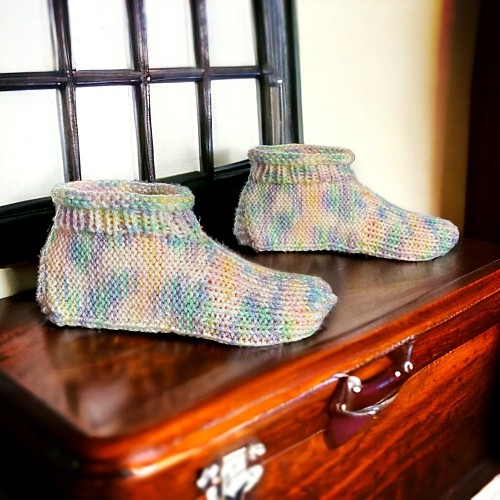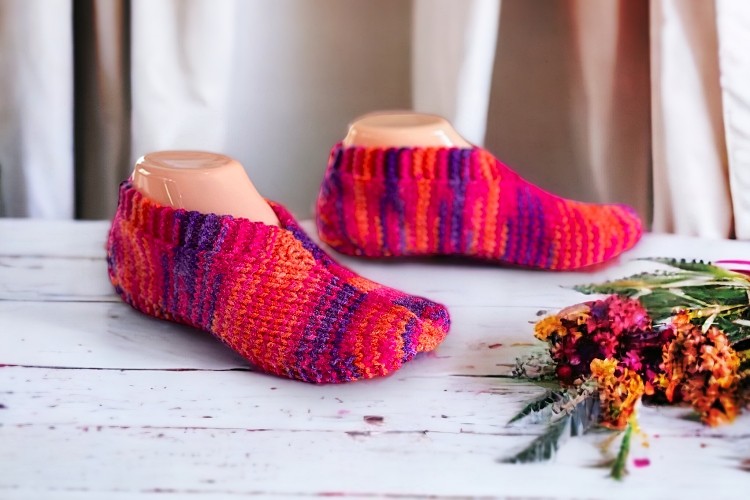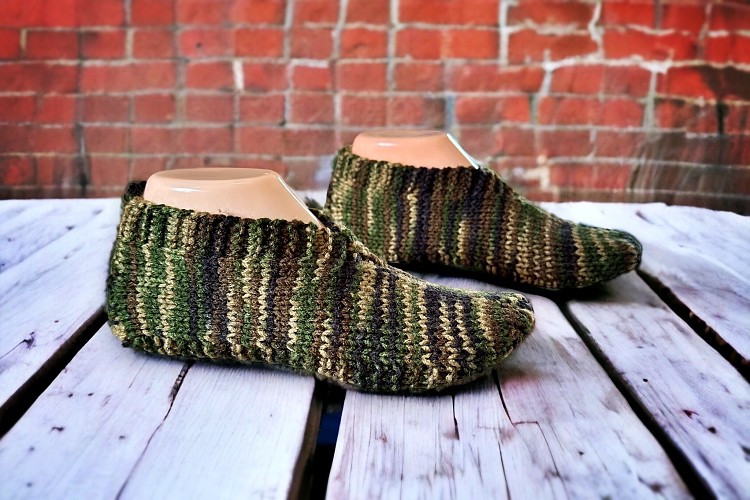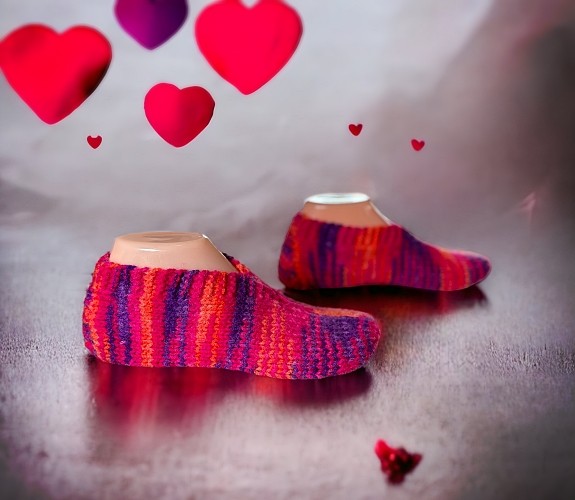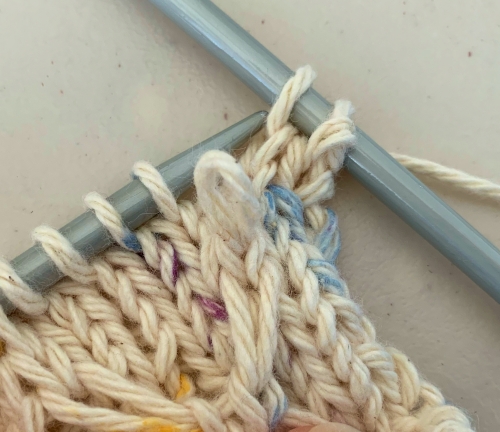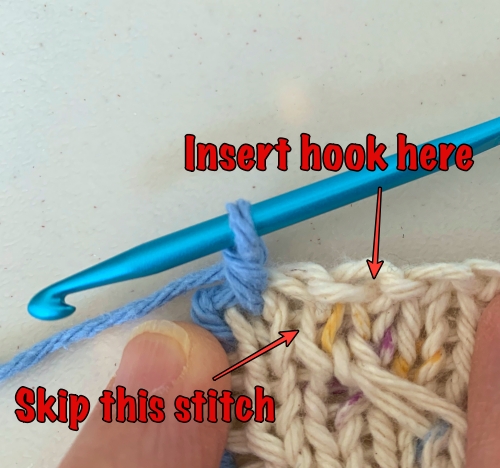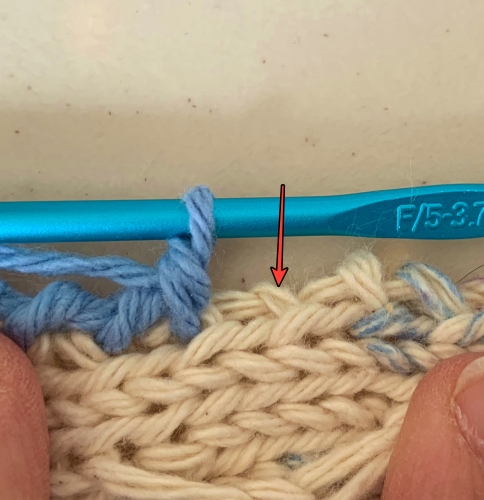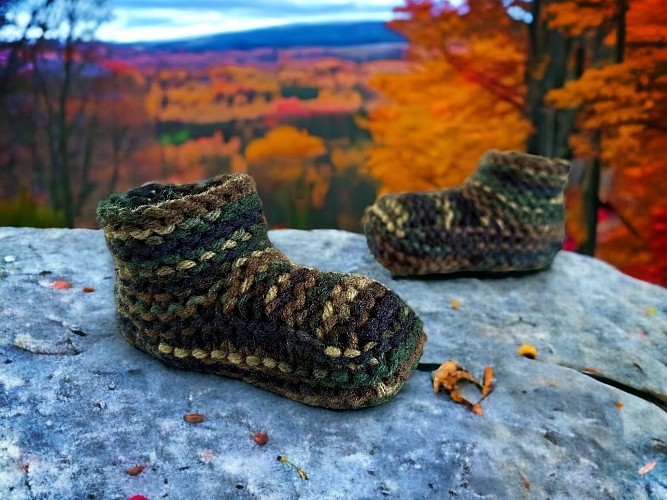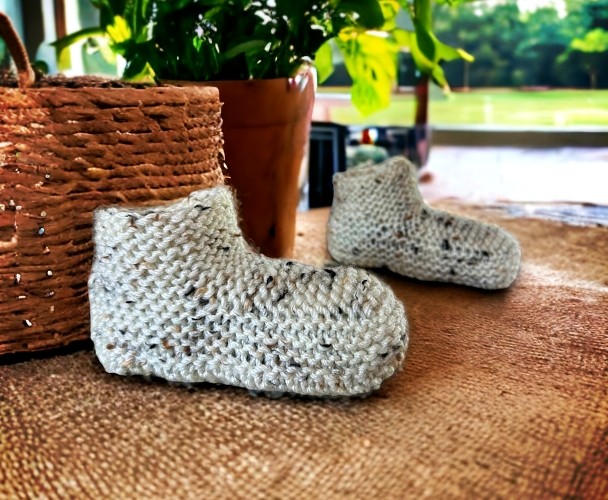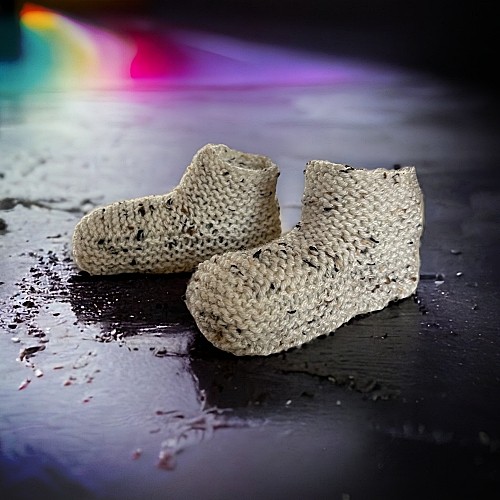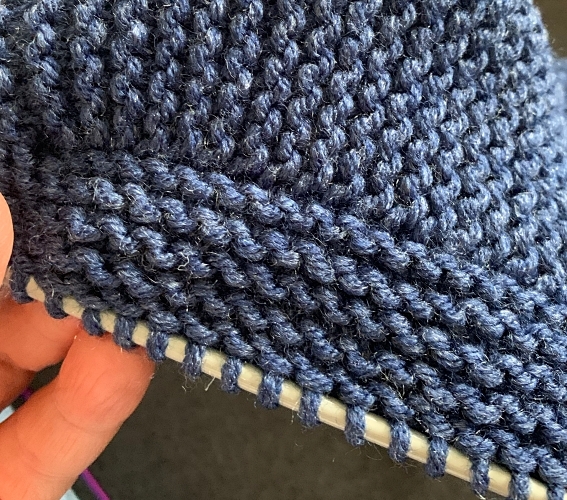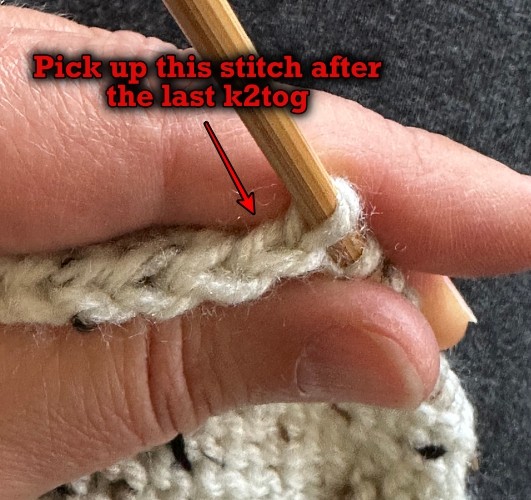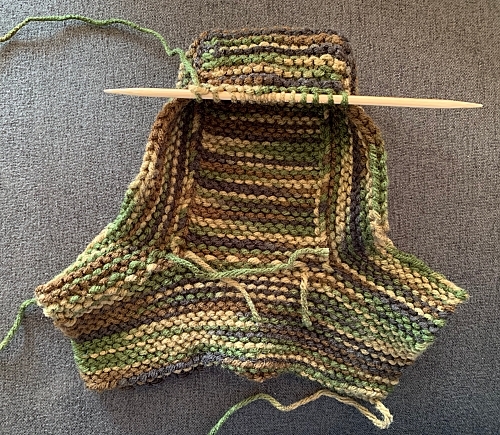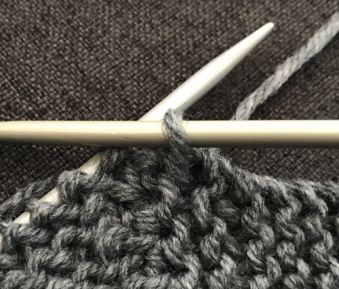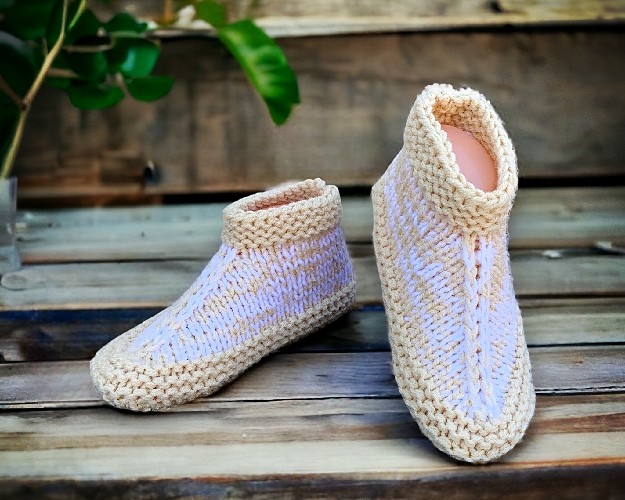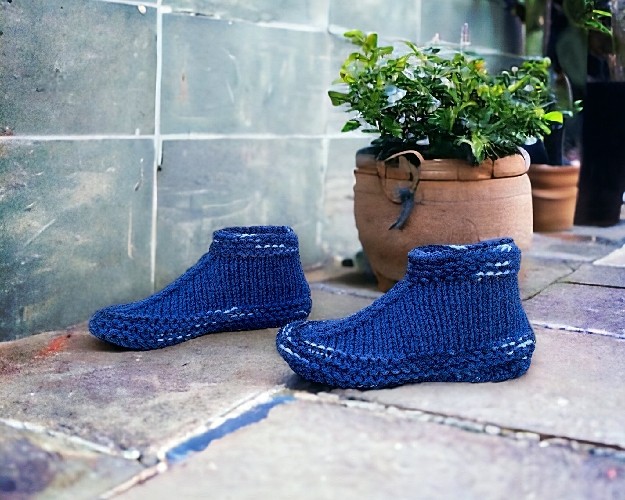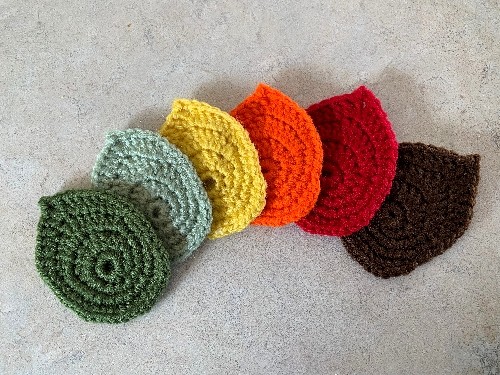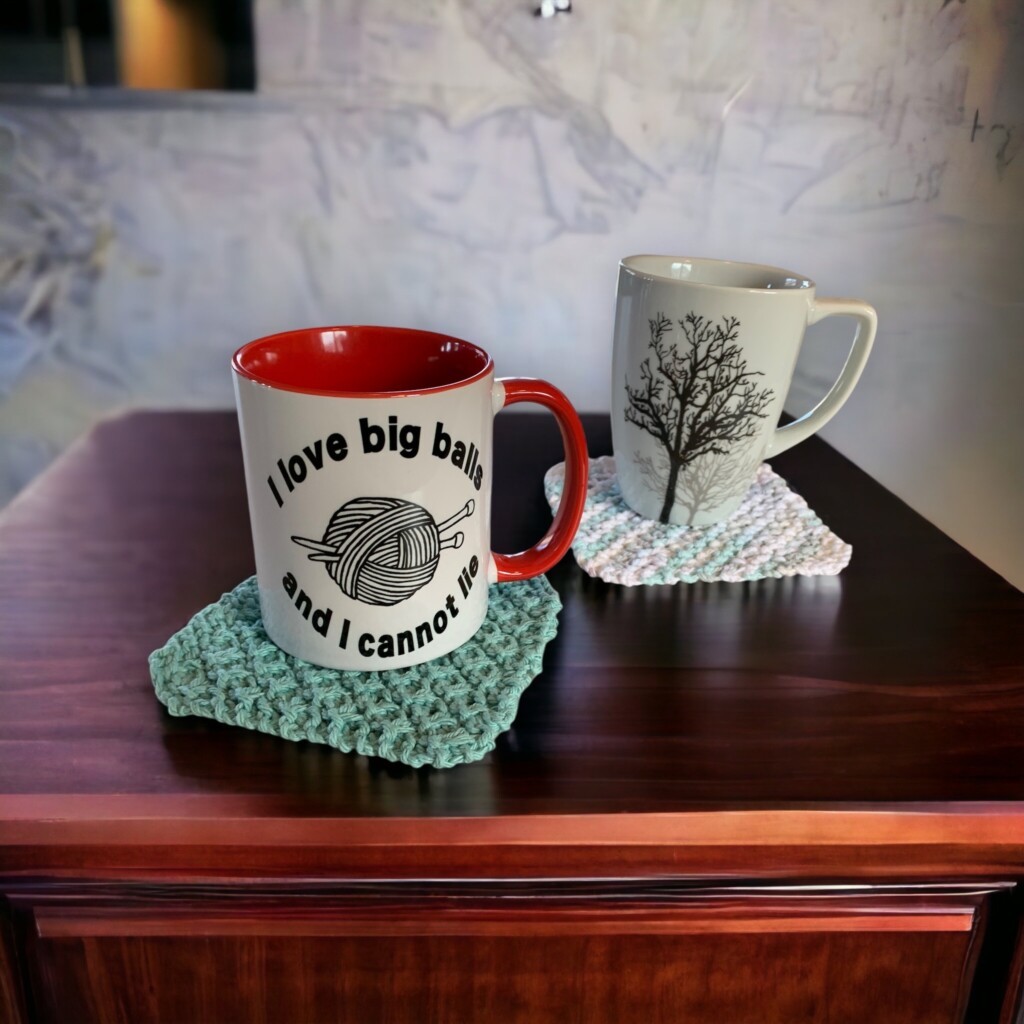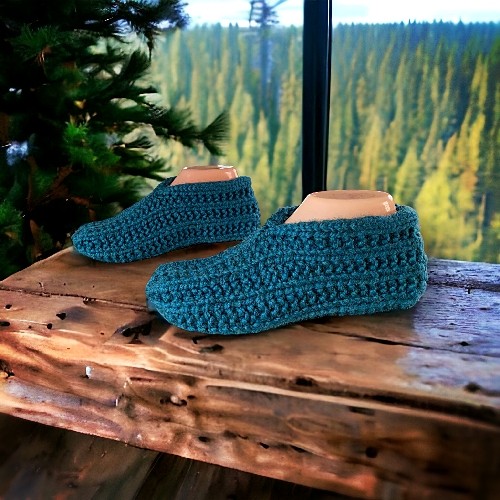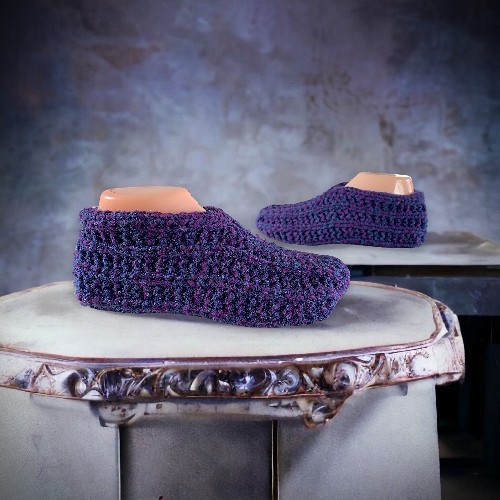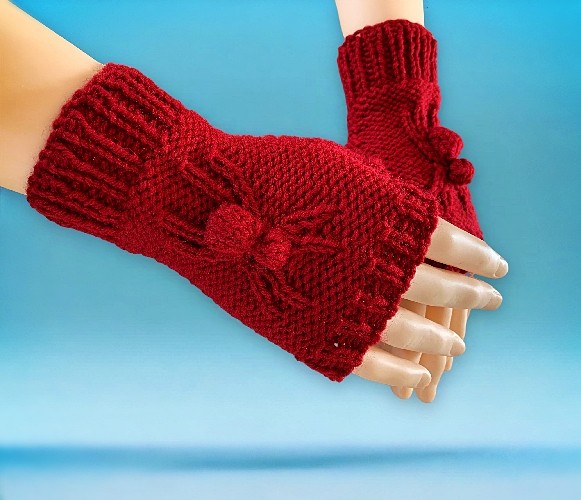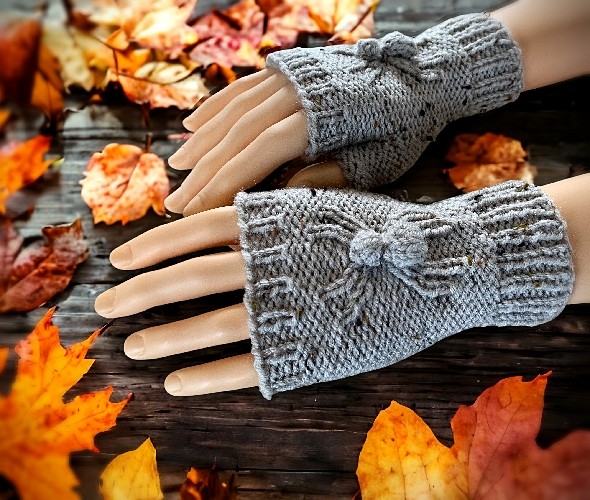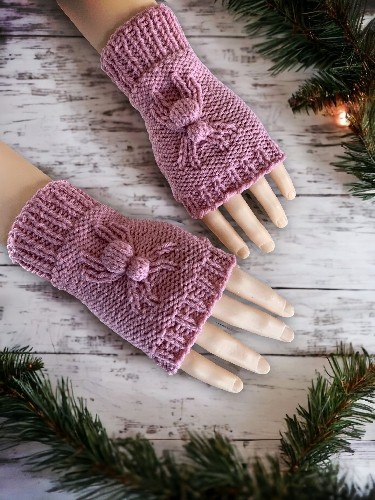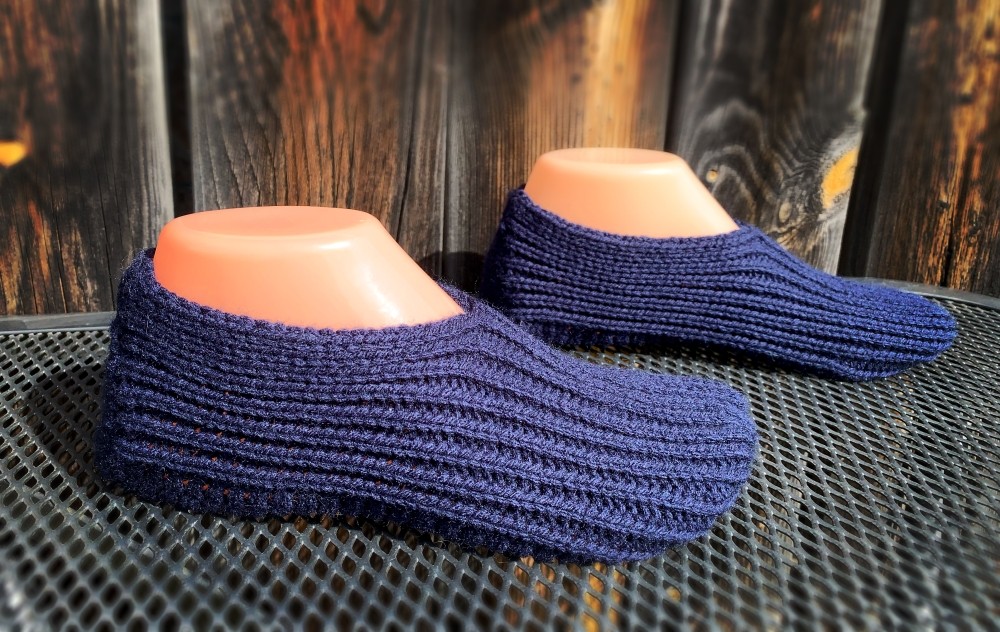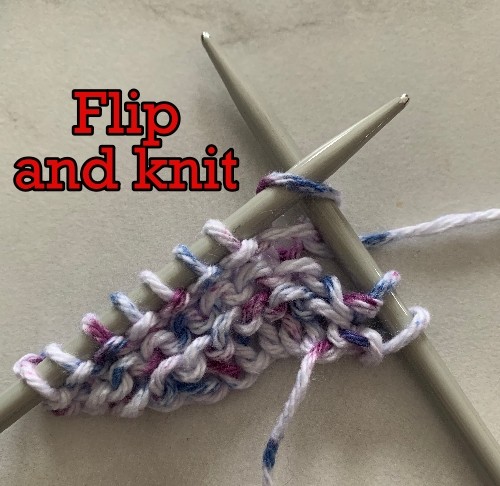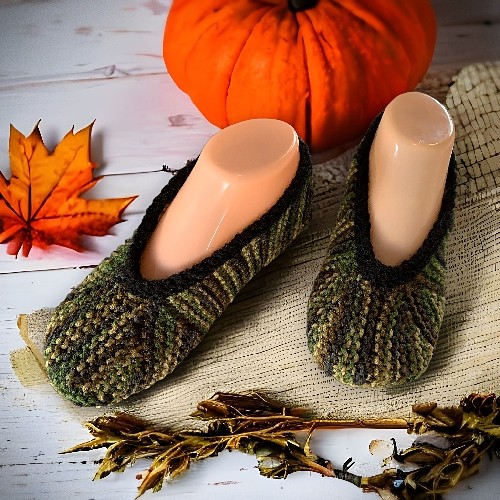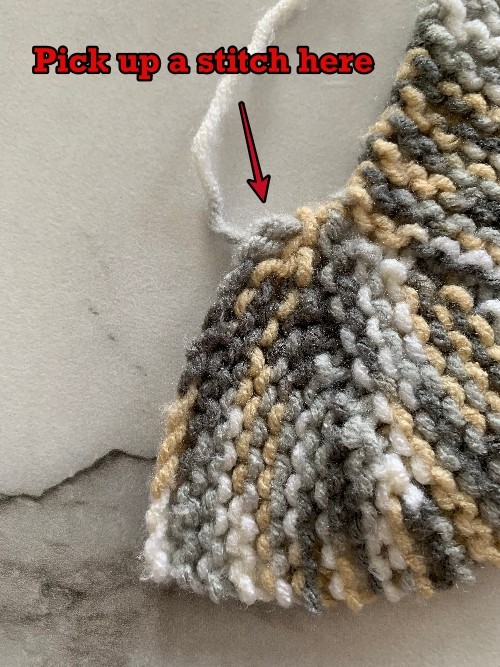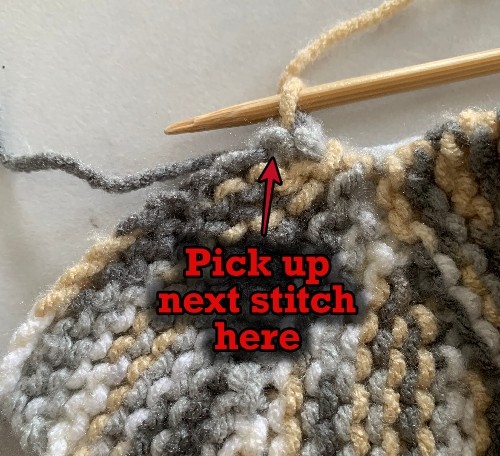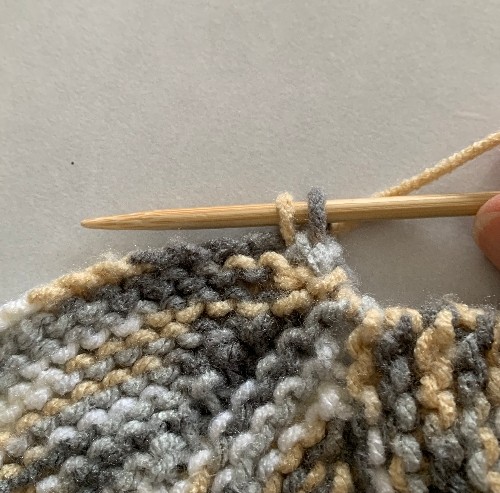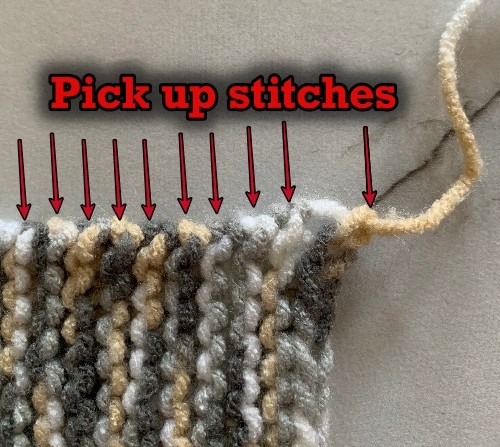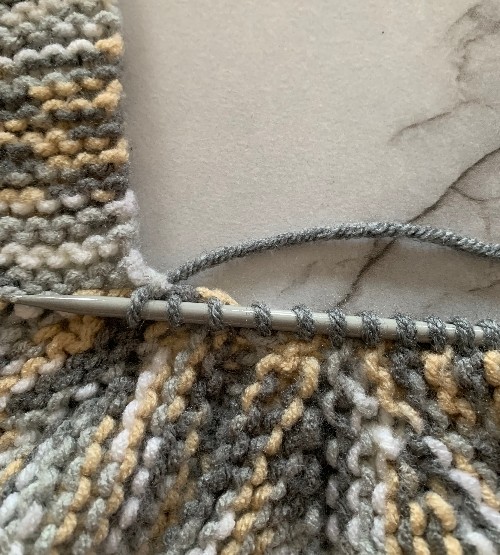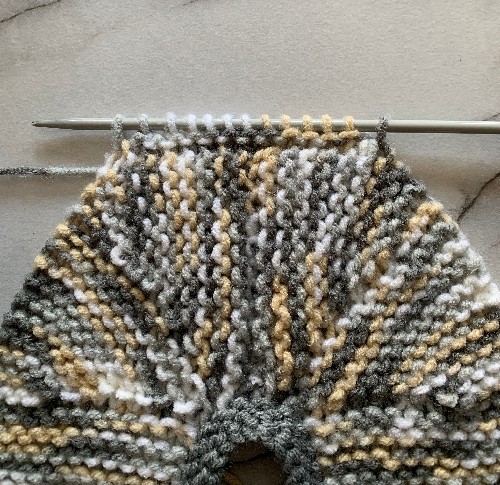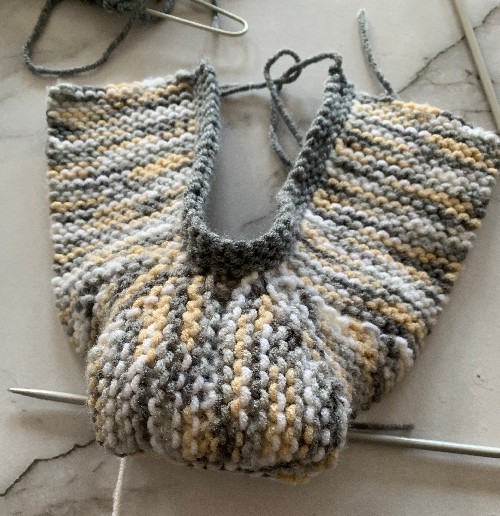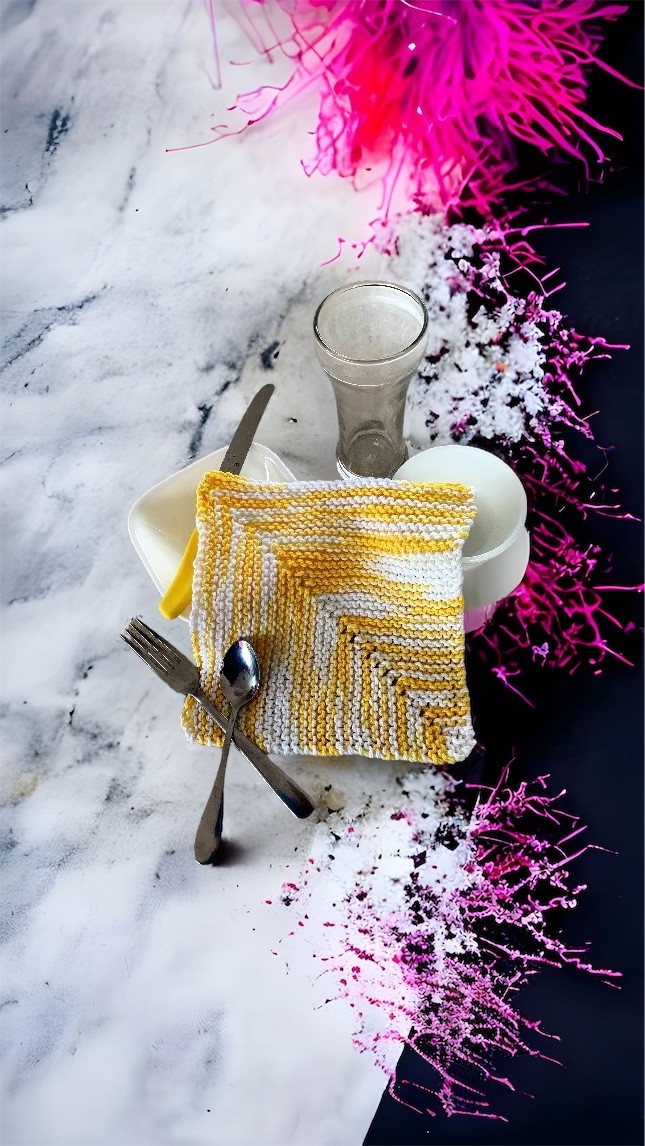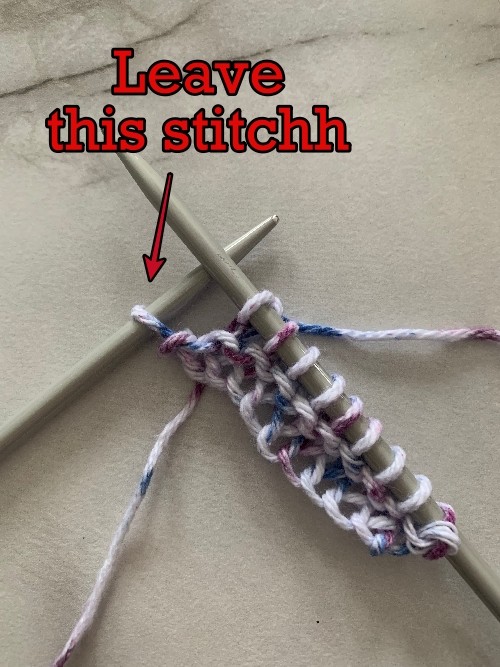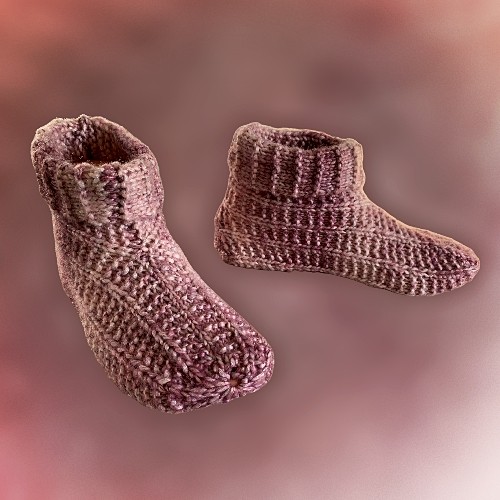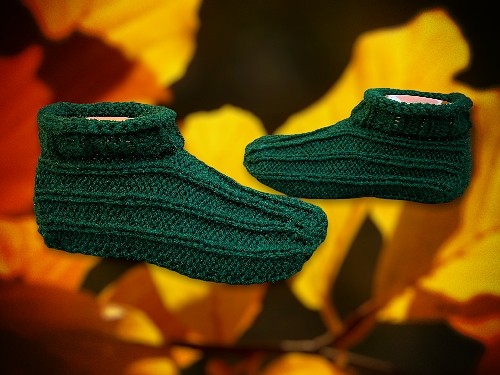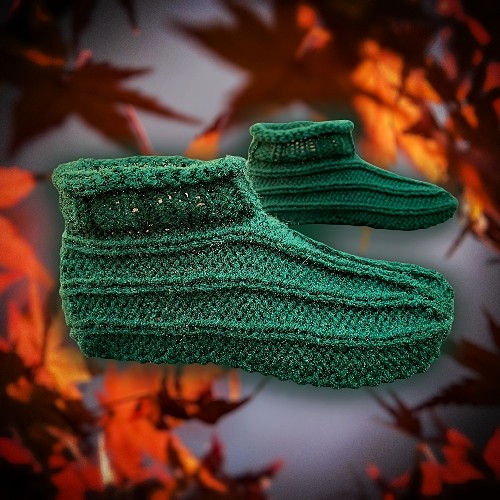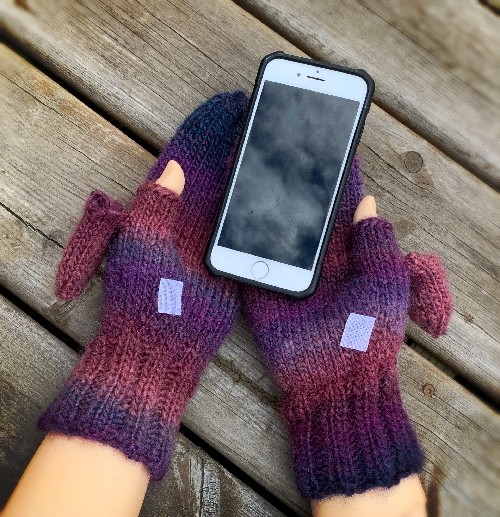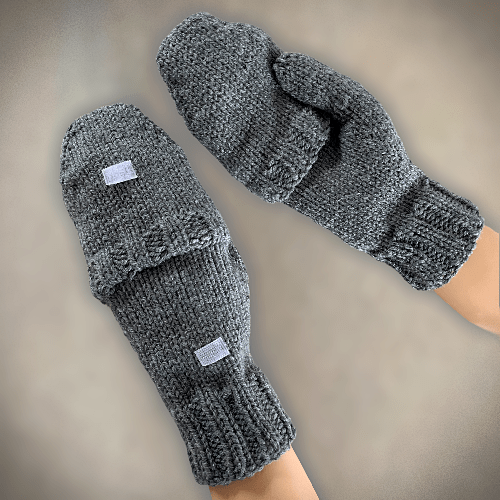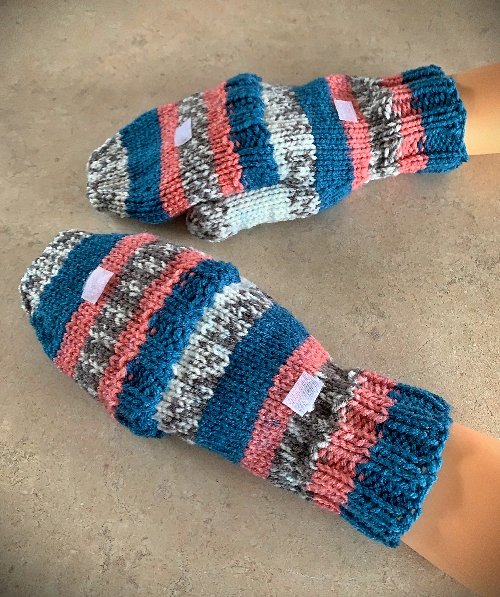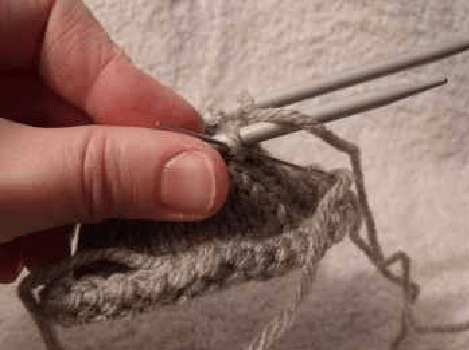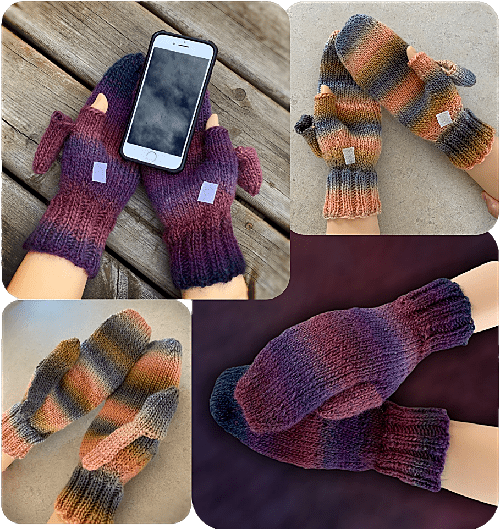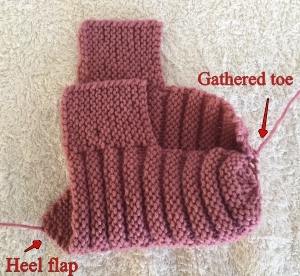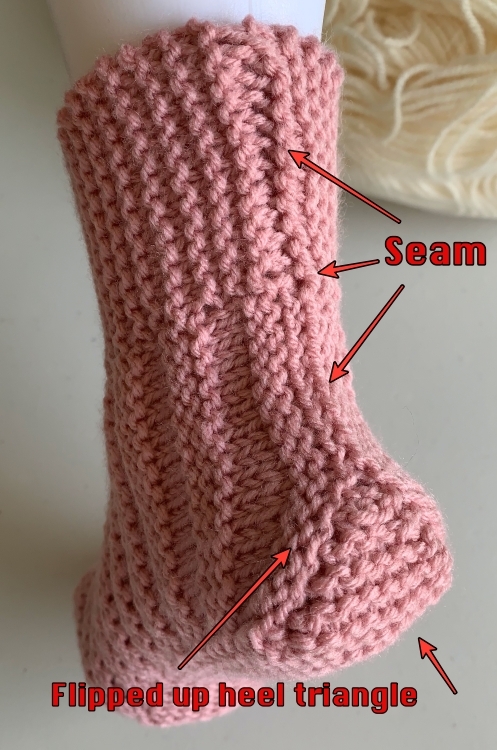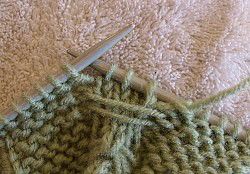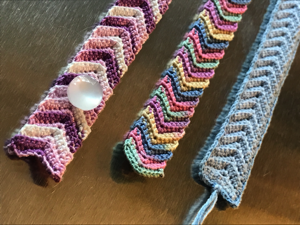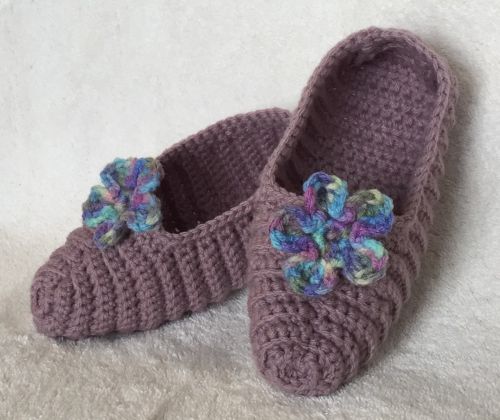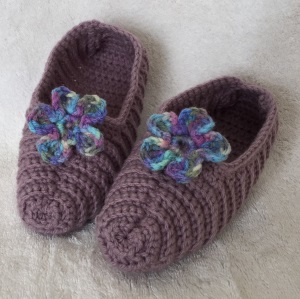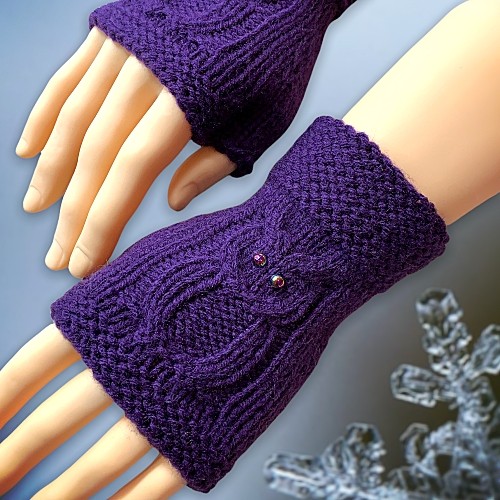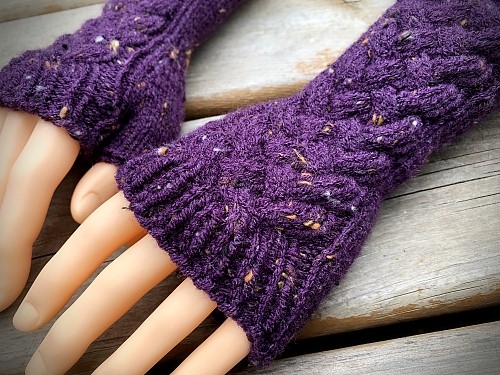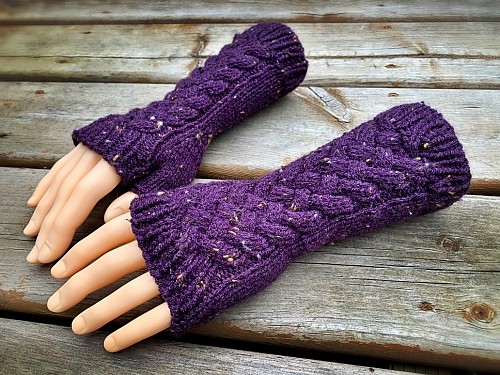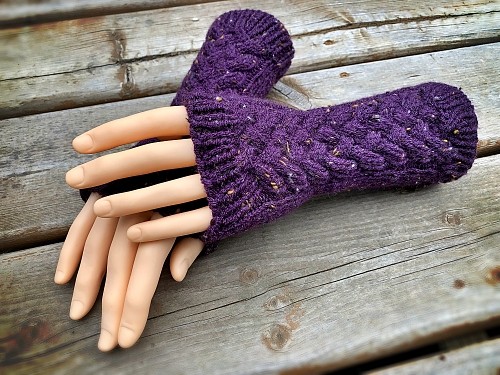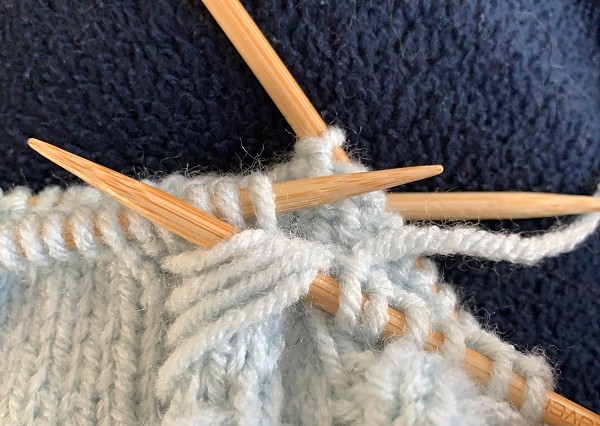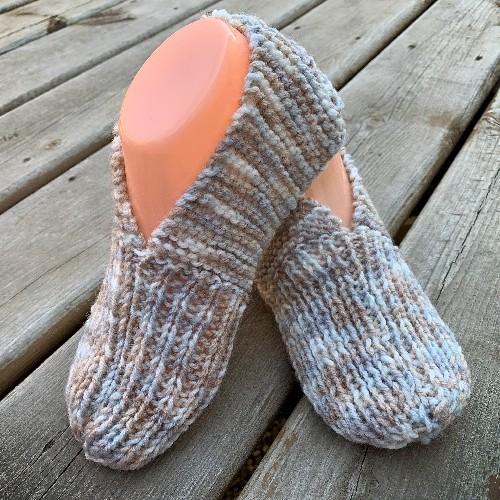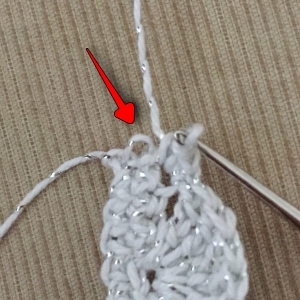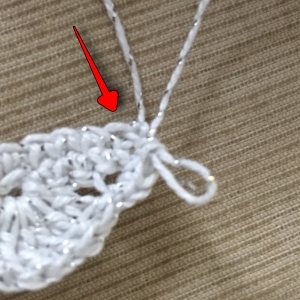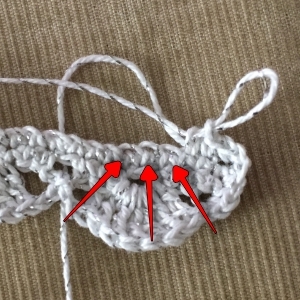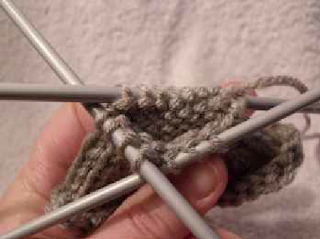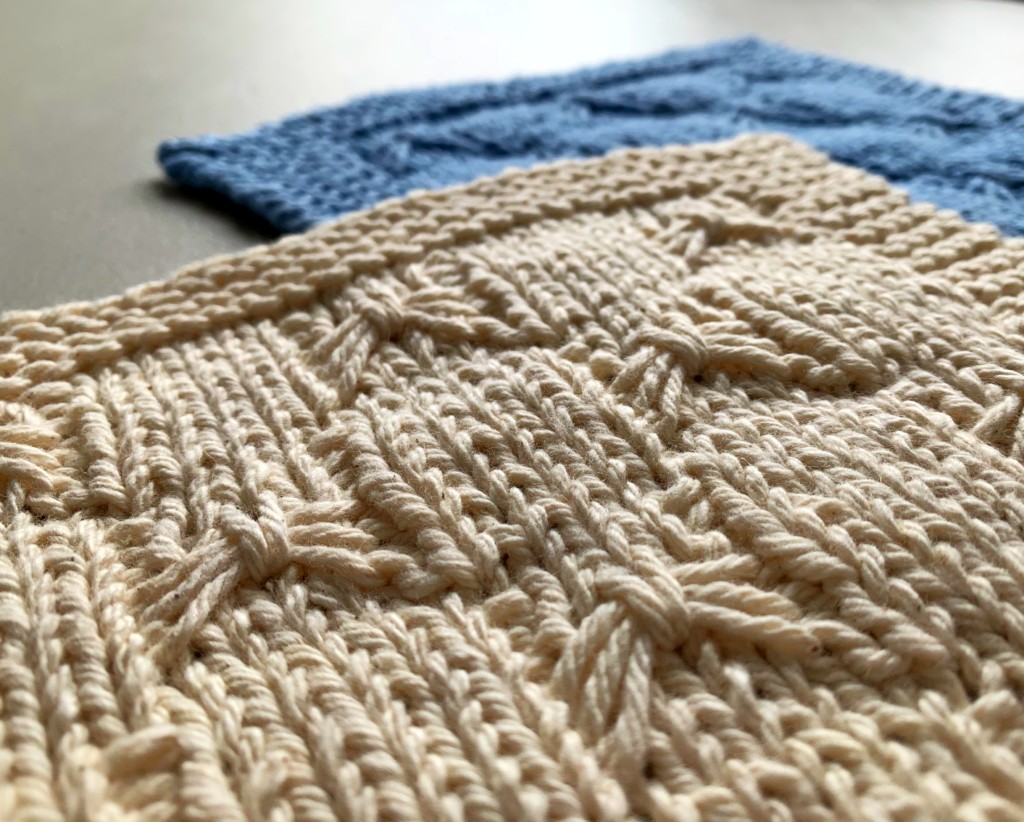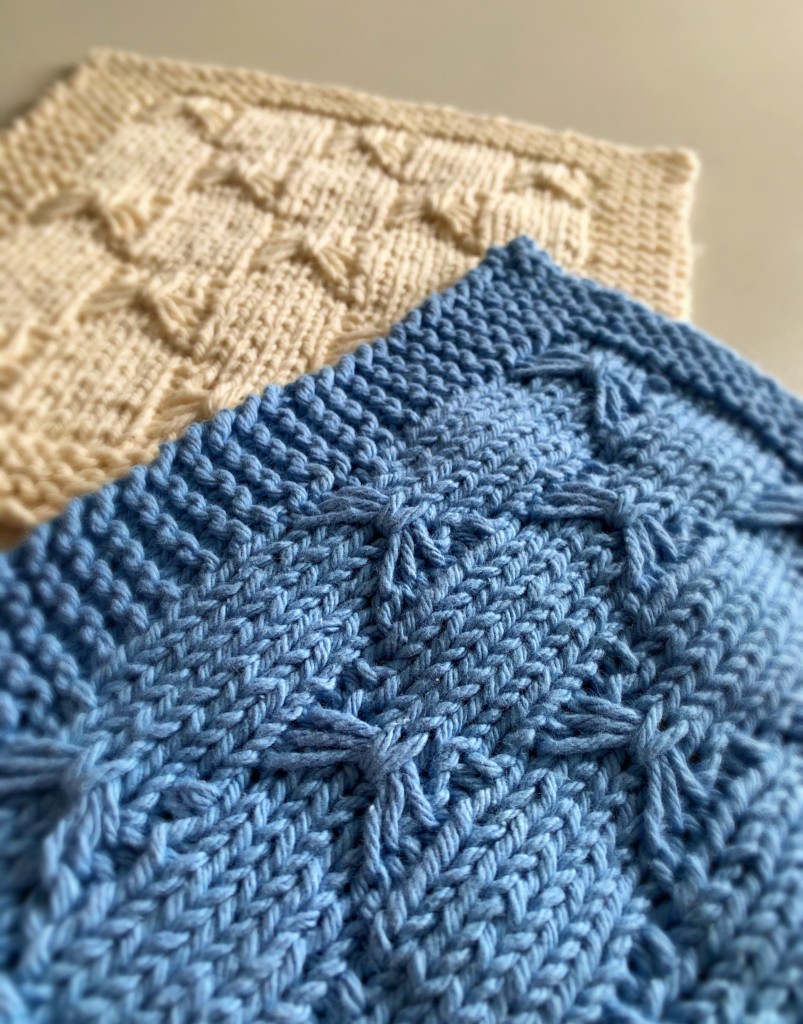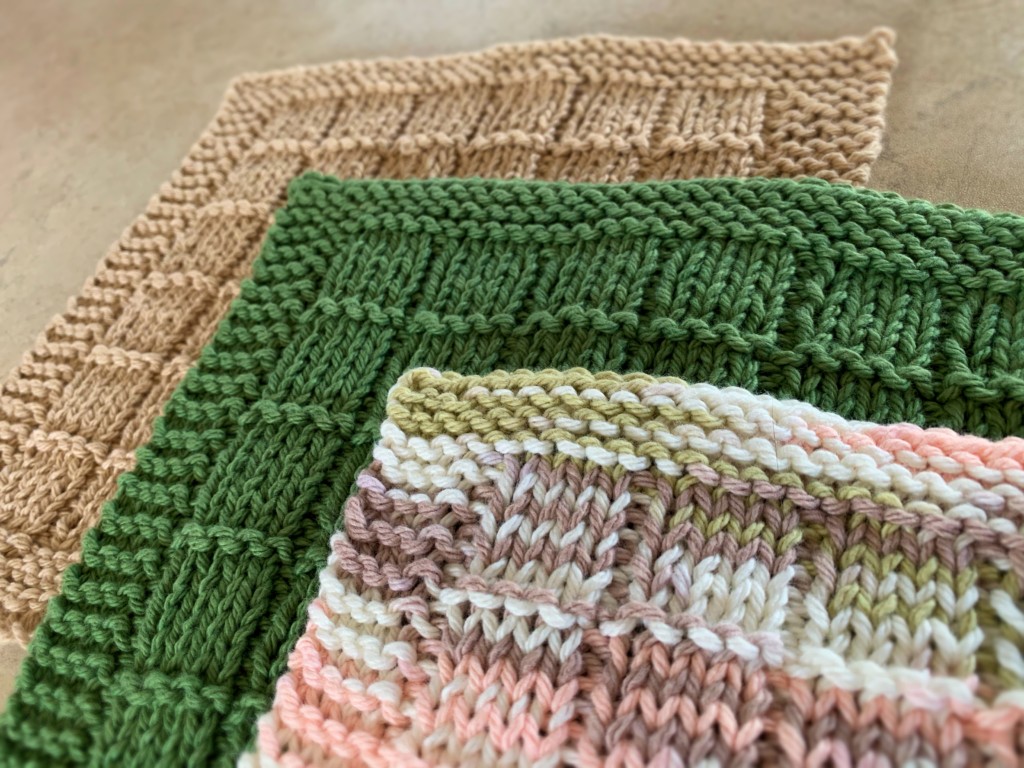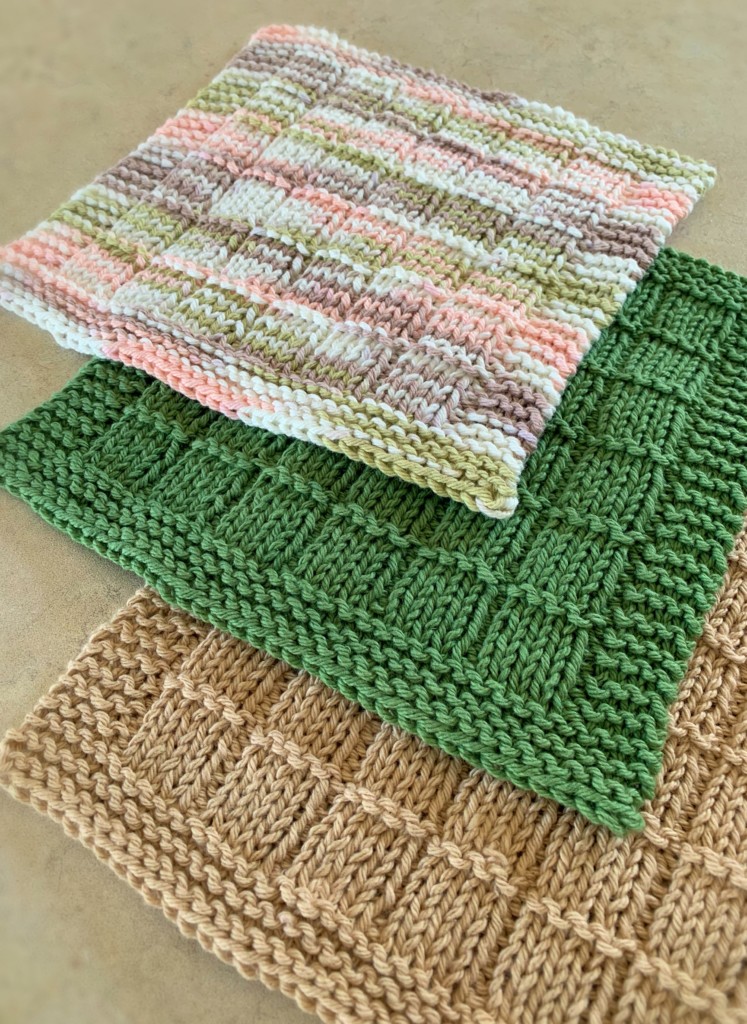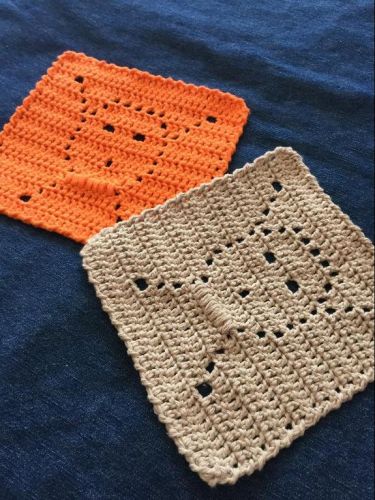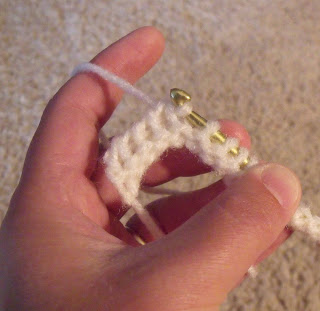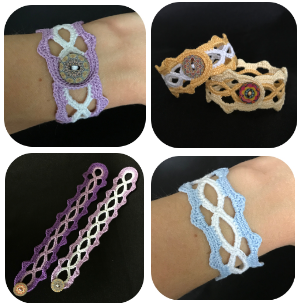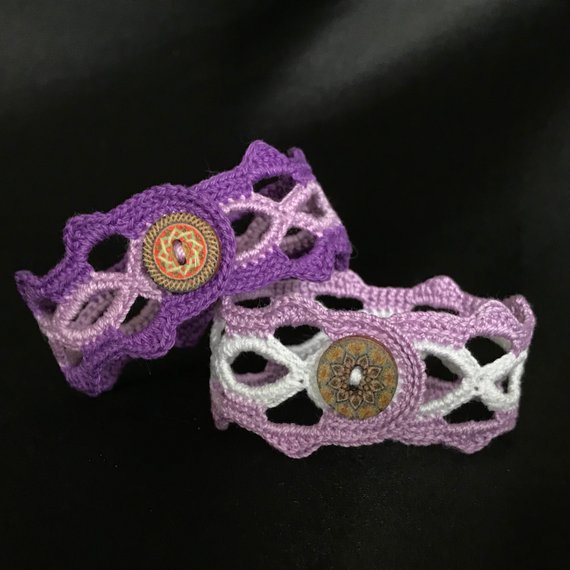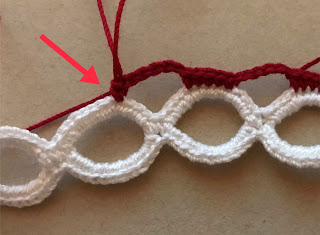
This pattern is one of the first patterns that I ever wrote; over 10 years ago now! And though it wasn’t a bad pattern as it was written, over the years I saw some things that I wanted to change. The sizing was fairly general. I wanted to make it a little more tailored to the various sizes and simplify how it was written.
I also wanted to increase the sizes. Though I don’t get many requests for sizes larger than a man’s size 12, I thought I’d make it larger in case there are those who wanted it. It’s simple math so figured I might as well add it.
I also wanted to make the sole thicker. It was originally done as a stockinette, and I always feel a garter stitch sole wears better. I’m hoping that with the rougher, garter stitch sole, the slippers will be a bit more grippy; on carpet anyway.
And last but definitely not least, I’ve made a YouTube tutorial showing how to make these slippers from start to finish. It includes everything from cast on the stitches, to sewing up the seams at the end. And of course, the trickiest part, picking up the heel and making the cuff. This actually isn’t that hard once you see how to do it. Below, I’ve embedded the video so you can watch it right here!
If you are loving this and all my other free patterns, please help out financially by visiting my Help Support My Work Page. If you can’t give cash, and I get that not everyone can, please do your part and share this where you can. Every share on social media helps promote my work and expose it to even more people. I’ve made it super easy for everyone to do that. By clicking those links up there 👆🏼 you can share it nearly everywhere.
Not a fan of reading knitting patterns online or would prefer to print this off? I also have the PDF version of this pattern available as a free download from my site too. Click either of these links to get the ad free download for a small fee – How to Knit Slippers Just Like Granny Made, in my Etsy shop, Ravelry, LoveCrafts, CreativeFabrica and on Amazon.
Another way to avoid ads and pop-ups, get instant, PRINTABLE downloads of this pattern and others, is by becoming a Member on this website. When you become a Website Supporter for $3/month, you’ll gain access to exclusive member only posts. These posts contain one click downloads of the patterns. Simply click the Download & Print button. The PDF will automatically download to your computer or smart device. You can then read it on your device or print it at your leisure. You can download as many patterns as you like for the same $3 each month. You can go to this page to learn more, become a member and support my work… Exclusive Member Area
Abbreviations
K – knit
P – purl
K2tog – knit 2 stitches together
st — stitch
sts — stitches
Things you need:
Click on any of the links below to get everything you need to make these slippers sent right to your door.
200 grams of worsted weight yarn
Pair of size 5 mm ( US size 8) knitting needles or whatever size to obtain correct gauge.
Set of 4 size 5 mm (US size 8) double pointed needles or whatever size to obtain correct gauge.
Darning needle to sew seams and work in the ends.
Gauge
In stockinette stitch
9 sts – 5 cm (2″)
13 rows – 5 cm (2”)
Sizes are written as such:
Women 6-7 (8-9, 10-11, 12)
Men 6 (7-8, 9-10, 11-12, 13-14)
The Pattern
Cast on 38 (40, 44, 46, 46)
✬ Row 1: P13 (13, 15, 15, 15) K12 (14, 14, 16, 16) P13 (13, 15, 15, 15)
Row 2: K13 (13, 15, 15, 15) P1, K10 (12, 12, 14, 14) P1, K13 (13, 15, 15, 15) ✬
Repeat from ✬ to ✬ 13 (14,16, 17, 18) times more for a total of 28 (30, 34, 36, 38) rows.
Shape toe
❤︎ Next Row: With the RIGHT side facing, P1 ❂ K1 P1 ❂ Repeat from ❂ to ❂ 5 (5, 6, 6, 6) more times. K12 (14, 14, 16, 16) P1, ✿ K1 P1 ✿ Repeat from ✿ to ✿ 5 (5, 6, 6, 6) more times.
Next Row: ☻ K1 P1 ☻ Repeat from ☻ to ☻ 6 (6, 7, 7, 7) more times. K10 (12, 12, 14, 14) ☀︎ P1 K1 ☀︎ Repeat from ☀︎ to ☀︎ 6 (6, 7, 7, 7) more times.❤︎
Repeat from ❤︎ to ❤︎ 9 (10, 11, 12, 13) more times for a total of 20 (22, 24, 26, 28) rows for this section. You have a total of 48 (52, 58, 62, 66) rows from the cast on edge.
End Toe
Next Row: K2tog 10 times. K1 K2tog to the last st. P1.
Next Row: K1 P7 (7, 8, 8, 8). K 5(6, 6, 7, 7) P to the end of the row.
Next Row: K1 K2tog 5 times. K0 (1, 1, 0, 0) K2tog to the last st. P1.
Next Row: K1 P4 K2 (3, 4, 4, 4) P to the end of the row.
Draw through to pull the stitches together.
Heel and Cuff
If you need a little extra help with this part, the video will show you how to do it. You can either click this link – Making the Heel and Cuff. It starts at the correct spot in the video.
With the RIGHT side facing, pick up 12 (14, 14, 16, 16) stitches along the cast on edge
- ✦Next 2 Rows: K across.
Next Row: K2tog. K to last 2 sts. K2tog. ✦ Repeat from ✦ to ✦ until there are 4 sts on your needle.
Next Row: K2tog twice.
End with the yarn on the left side of the row when the right side of the slipper is facing you. You may need to knit one more row.
My stuff on Etsy:
You can make a widget like this for your blog or website, too.
Instructions are on my website here: How to Display Etsy Items on Your Website
Create cuff:
With the RIGHT side facing and your DPN’s, pick up 36 (38, 42, 44, 48) sts evenly around the edge of the slipper. You will now have 38 (40, 44, 46, 50) sts total.
Rounds 1-6: K1 P1 around.
Rounds 7-10: K around.
Cast off loosely.
Sew seams along the top of the foot and along the sides of the heel. Make another slipper to match.
Hints and Tips:
Be sure to cast your stitches off loosely when making the cuff. It needs to be able to stretch when going over the top of the foot and the heel. It’s the widest part the slipper has to pass over. The ribbing will snap it back to tighten up on its own.
When picking up stitches for the cuff, it doesn’t have to be the exact stitch count I give, but your final number of stitches on your needles MUST be an even number. Make sure your slippers have the same number of stitches around the cuff.
Make the cuff as long as you like with the K1 P1 ribbing. I made it 6 rows but you may want it longer, especially for the larger sizes.
When casting off for the heel, if you need an extra row to end it so the yarn ending on the left with the right side facing (if right you are handed), that’s ok. When knitting this part, I often lose track of how many rows I’ve knitted between the row with the decreases. I’ve never had a complaint yet.
Don’t feel that the cuff needs to be the same colour as the slipper itself. A nice change is to make the cuff in a complimentary colour, especially if you have used variegated yarn. You can also use this pattern to use up some of your left over wool by making the toe (ribbed section) a different colour also.
This is also a great pattern to use if you have a variegated or any other colour changing yarn. Because there isn’t any pattern created by the stitches, it allows to show off the colours really well.






